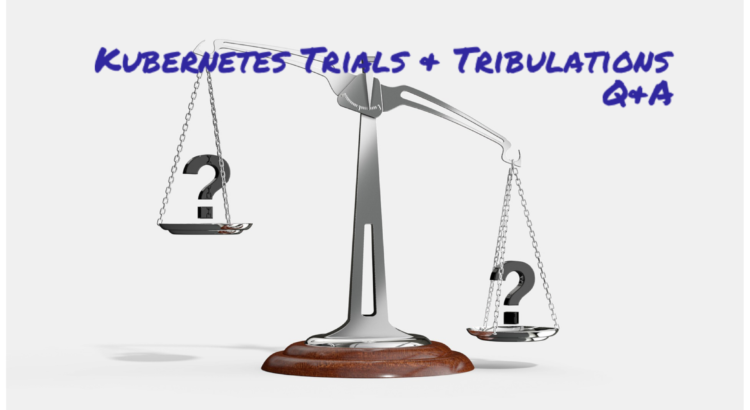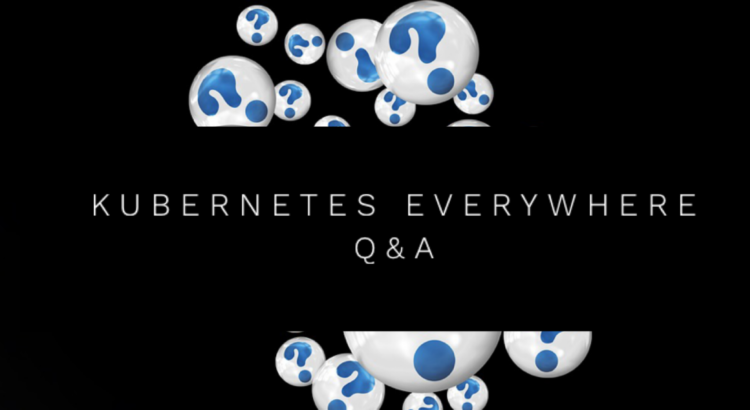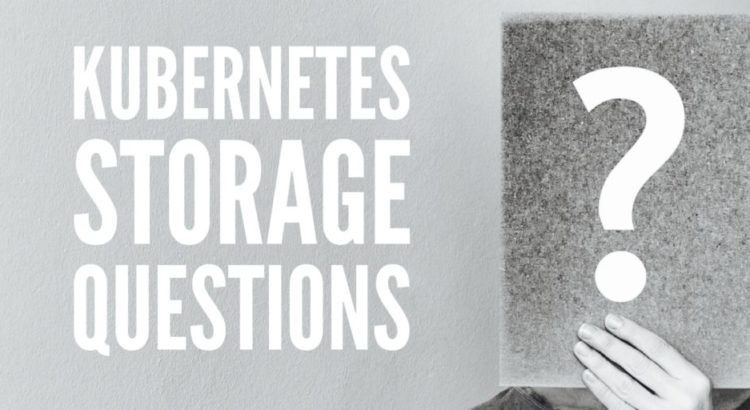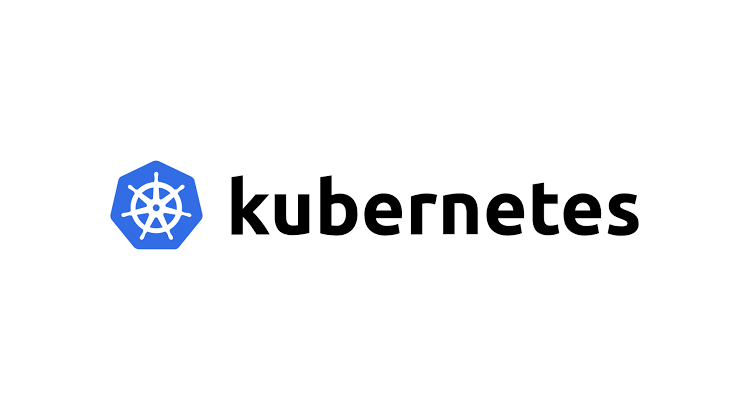Kubernetes cloud orchestration platforms offer all the flexibility, elasticity, and ease of use — on premises, in a private or public cloud, even at the edge. The flexibility of turning on services when you want them, turning them off when you don’t, is an enticing prospect for developers as well as application deployment teams, but it has not been without its challenges.
At our recent SNIA Cloud Storage Technologies Initiative webcast “Kubernetes Trials & Tribulations: Cloud, Data Center, Edge” our experts, Michael St-Jean and Pete Brey, debated both the challenges and advantages of Kubernetes. If you missed the session, it is available on-demand along with the presentation slides. The live audience raised several interesting questions. Here are answers to them from our presenters.
Q: Are all these trends coming together? Where will Kubernetes be in the next 1-3 years?
A: Adoption rates for workloads like databases, artificial intelligence & machine learning, and data analytics in a container environment are on the rise. These applications are stateful and diverse, so a multi-protocol persistent storage layer built with Kubernetes services is essential. Read More





